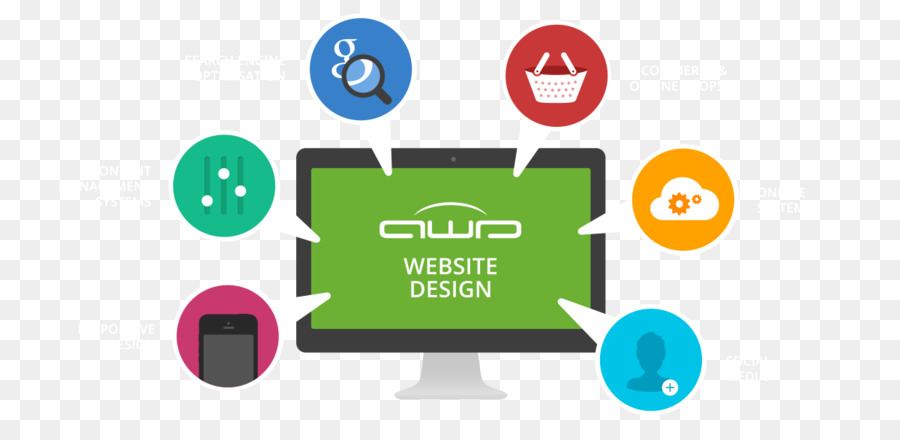The Development Of Site Design: From Past To Existing
The Development Of Site Design: From Past To Existing
Blog Article
Write-Up Produced By-Johnsen Trolle
In the past, sites were straightforward and focused on information. Navigation was straight, and design was for desktop computers. Currently, user experience is key. Information guides designs for easy navigation. Responsive designs match various tools. Today, dark mode lowers stress, and minimal food selections boost navigation. Interactive functions involve users, and vibrant visuals stand apart. AI combination boosts involvement. See just how style has actually progressed to enhance your online trip.
Early Days of Web Design
In the very early days of web design, simplicity preponderated. Web sites were fundamental, with limited colors, typefaces, and designs. SEO For Medical Practices FT Worth got on supplying info instead of fancy visuals. SEO Evaluation Of Medical Websites accessed the web through sluggish dial-up links, so speed and performance were vital.
Navigating food selections were straightforward, usually situated on top or side of the web page. Internet sites were developed for desktop computers, as mobile browsing had not been yet common. Web content was king, and developers prioritized easy readability over intricate design aspects.
HTML was the main coding language made use of, and developers had to work within its restrictions. Animations and interactive functions were minimal contrasted to today's requirements. Web sites were static, with little vibrant material or tailored customer experiences.
Rise of User-Focused Layout
With the development of internet site design, a shift in the direction of user-focused design concepts has come to be increasingly famous. Today, producing websites that focus on user experience is vital for involving visitors and attaining organization objectives. User-focused layout entails comprehending the needs, choices, and habits of your target audience to customize the internet site's layout, material, and features appropriately.
Designers now carry out thorough research study, such as individual surveys and usability screening, to gather understandings and responses directly from users. This data-driven technique helps in creating instinctive navigating, clear calls-to-action, and aesthetically appealing interfaces that resonate with visitors. By putting the customer at the facility of the design process, sites can deliver an extra personalized and delightful experience.
Receptive style has additionally emerged as a crucial element of user-focused style, guaranteeing that internet sites are optimized for numerous devices and display dimensions. This adaptability boosts ease of access and usability, accommodating the varied ways users interact with internet sites today. Basically, the surge of user-focused layout signifies a change in the direction of producing electronic experiences that focus on the requirements and expectations of completion user.
Modern Trends in Web Design
Explore the most up to date fads shaping website design today. One prominent pattern is dark mode design, offering a smooth and modern-day appearance while minimizing eye stress in low-light atmospheres. An additional vital pattern is minimalist navigating, streamlining menus and improving individual experience by focusing on essential elements. Integrating micro-interactions, such as animated buttons or scrolling results, can develop a much more appealing and interactive site. Receptive design continues to be important, making sure smooth user experiences throughout various tools. In addition, using vibrant typography and asymmetrical layouts can add visual passion and accentuate specific material.
Integrating AI innovation, like chatbots for consumer assistance or customized recommendations, enhances customer engagement and enhances procedures. Accessibility has additionally become a substantial pattern, with developers prioritizing comprehensive design practices to satisfy diverse individual needs. Welcoming sustainability by maximizing site efficiency for rate and efficiency is an additional emerging trend in website design. Collaborating with user comments and information analytics to repeat and improve style constantly is necessary for remaining pertinent in the ever-evolving digital landscape. By accepting these modern-day patterns, you can produce a visually attractive, straightforward website that reverberates with your audience.
Final thought
As you review the development of site design from the very early days to now, you can see just how user-focused design has ended up being the driving force behind contemporary fads.
Accept the trip of change and adjustment in website design, always maintaining the user experience at the leading edge.
Keep existing with the latest trends and modern technologies, and never ever quit developing your approach to develop aesthetically magnificent and easy to use internet sites.
Progress, adapt, and produce - the future of web design is in your hands.
